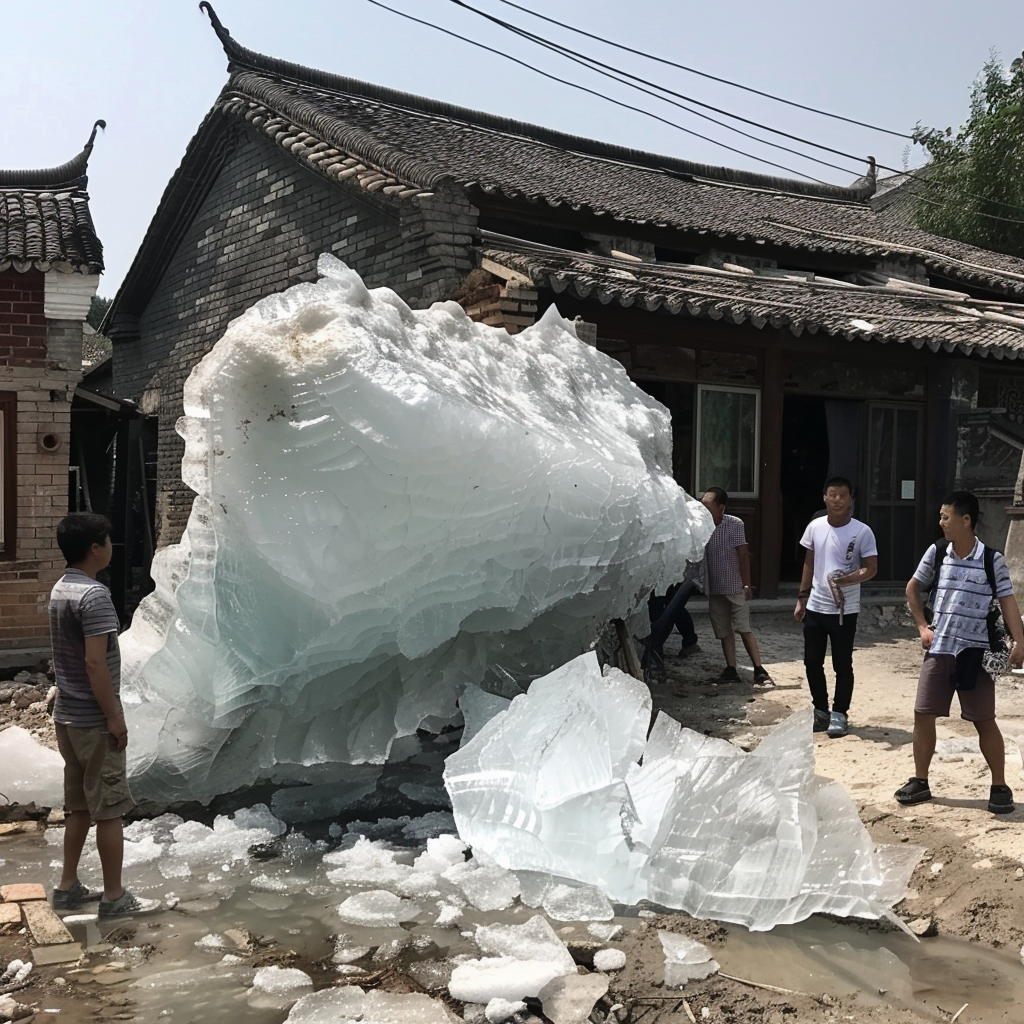Have you ever heard about large chunks of ice falling from the sky? It’s a fascinating and puzzling phenomenon that scientists are trying to understand. Some people call these ice chunks “ice meteors” or “hydrometeors.” The term megacryometeor was coined in 2002 (Martinez-Frias & Travis 2002) to name large atmospheric ice conglomeration which, despite sharing many textural, hydrochemical and isotopic features detected in large hailstones, are formed under unusual atmospheric conditions which clearly differ from those of the cumulonimbus clouds scenario (i.e. clear-sky conditions). Links to the studies are provided at the end of the article.
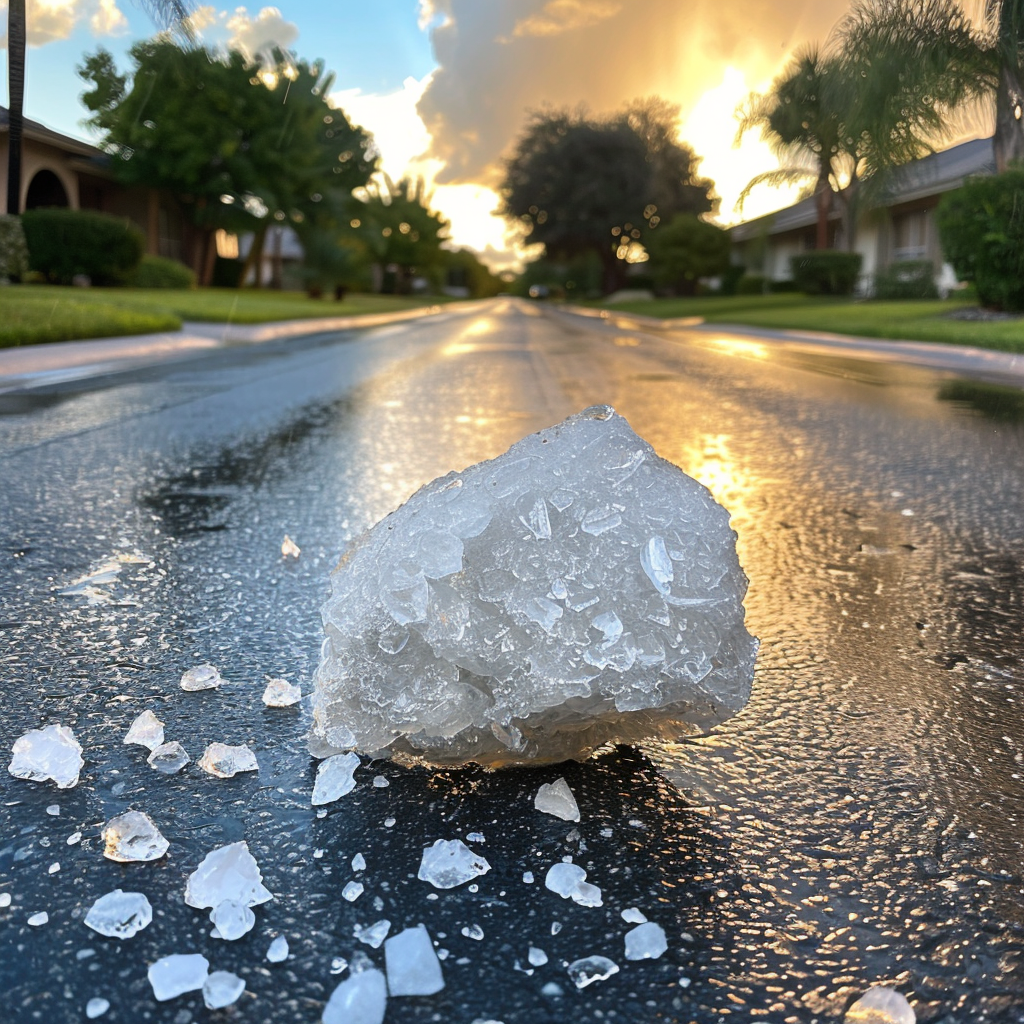
According to a Study (1) The research of the historical record of ice falls brings together many cases that are apparently similar. Practically all clear-sky ice falls were not appropriately researched because they were routinely assigned, without verification, to aircraft icing processes, to wastewater from air-craft lavatories (blue ice), or to the leakage of aircraft water tanks. However, it is important to take into account, first, that documented historical references about these events go back to the first half of the 19th century, so many cases existed before the invention of airplanes, and second, that a detailed search of scientific databases (Web of Science,GeoRef) regarding well-known aircraft icing processes revealed a lack of precedents that corroborate that ice formation on any part of aircraft can reach dimensions of approximately 1 m and weights of up to several hundred kilograms.

The most impressive events of these ice falls have happened in different parts of the world. In 1995, for example, a massive ice block about the size of a person fell in Zhejiang, China. Witnesses saw three large chunks of ice crash into the fields of Yaodou village, leaving a crater about a meter wide and half a meter deep.
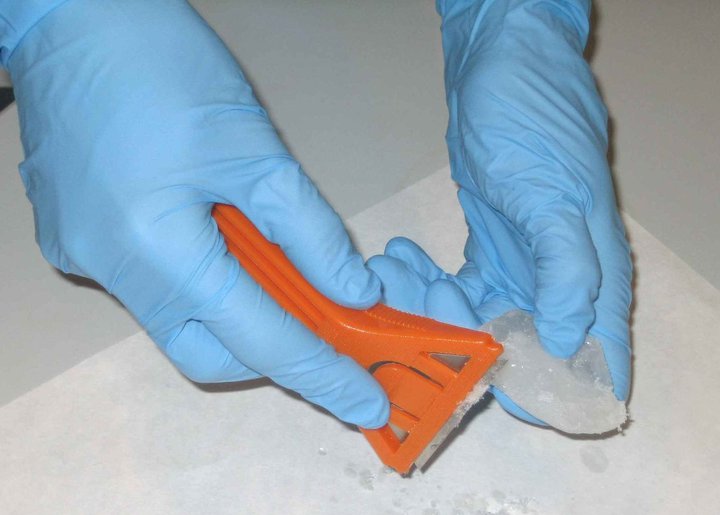
Similar events occurred in Campinas and Itapira, Brazil, in 1997, where two huge ice blocks weighing 50 and 200 kilograms fell from the sky. The atmospheric signatures of these ice blocks were confirmed without a doubt, meaning they formed inside the atmosphere.
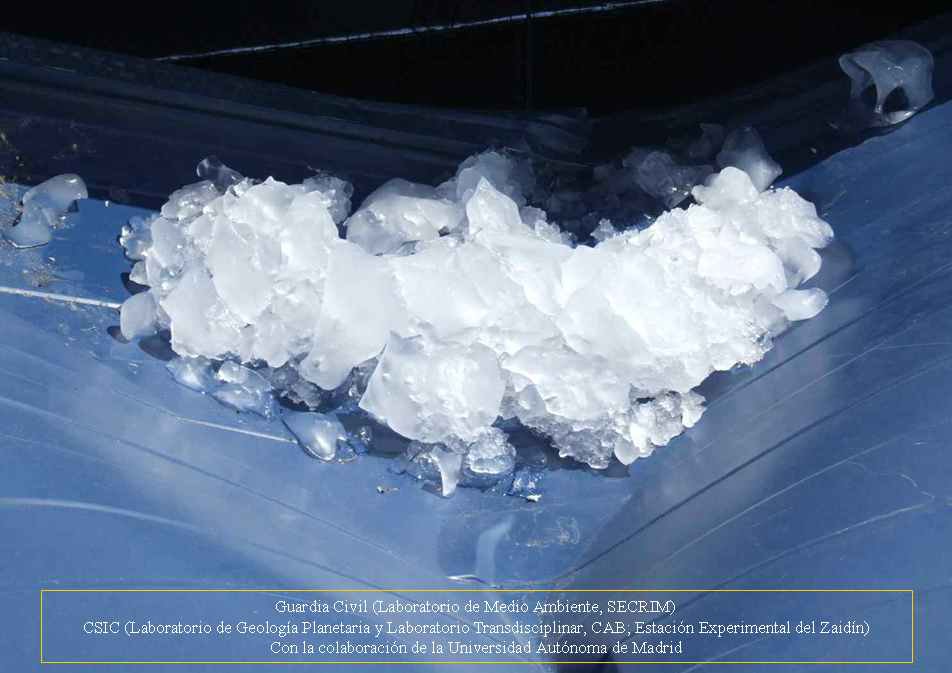
Since the 1950s, the number of these ice fall events has increased dramatically all over the world. They’ve been reported in places like Argentina, Australia, Canada, Colombia, India, Japan, Mexico, New Zealand, Portugal, Sweden, The Netherlands, the United Kingdom, and the United States. In 2005 alone, there were fourteen reported ice fall events, with locations including Japan, The Netherlands, the United States, the United Kingdom, and Spain. These ice blocks varied in size from about half a kilogram to more than 5 kilograms. By April 2006, four documented ice falls had been recorded, including one in India and three in the United States. In April 2006 in California, USA, an ice chunk left a verifiable small impact crater on the ground in Oakland and caused damage to the roof of a gymnasium in Loma Linda.
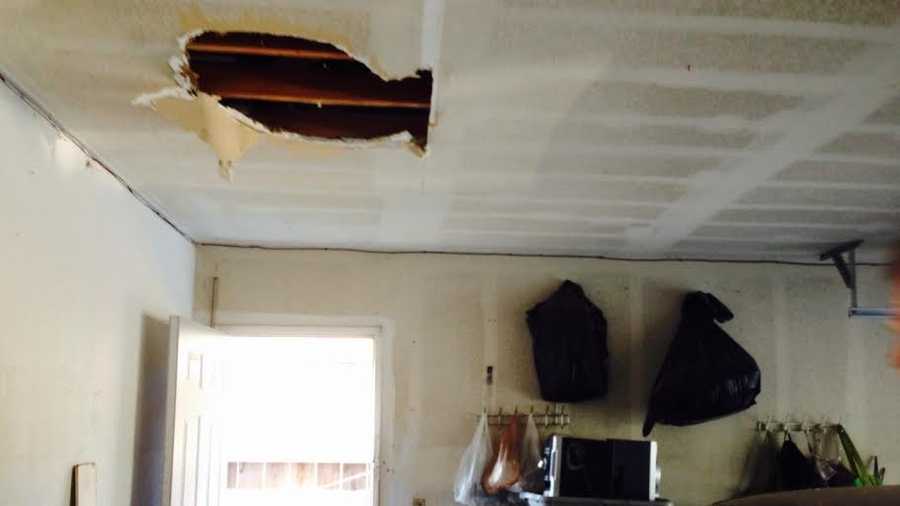
In 2015, Modesto, Calif. witnessed a chunk of ice the size of a basketball hurtling from the sky and smashing through a roof.
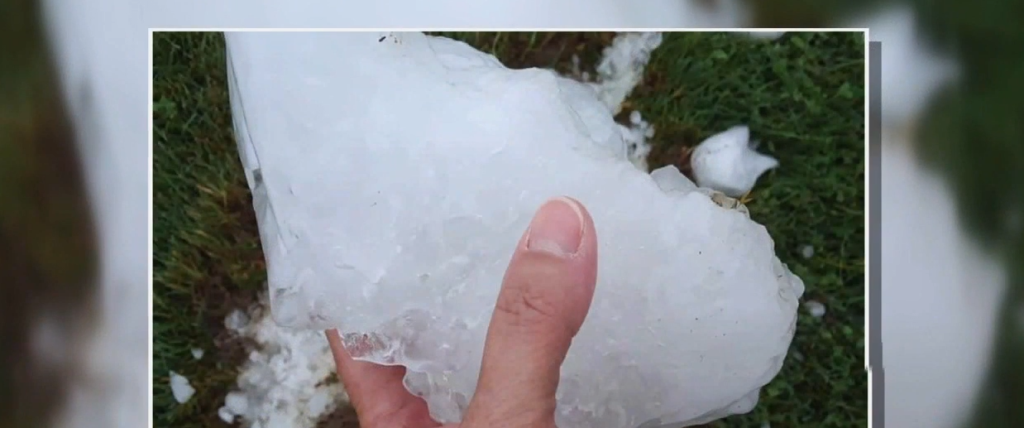
In 2019, Tully, New York saw a soccer ball-sized chunk of ice fall near a pedestrian.
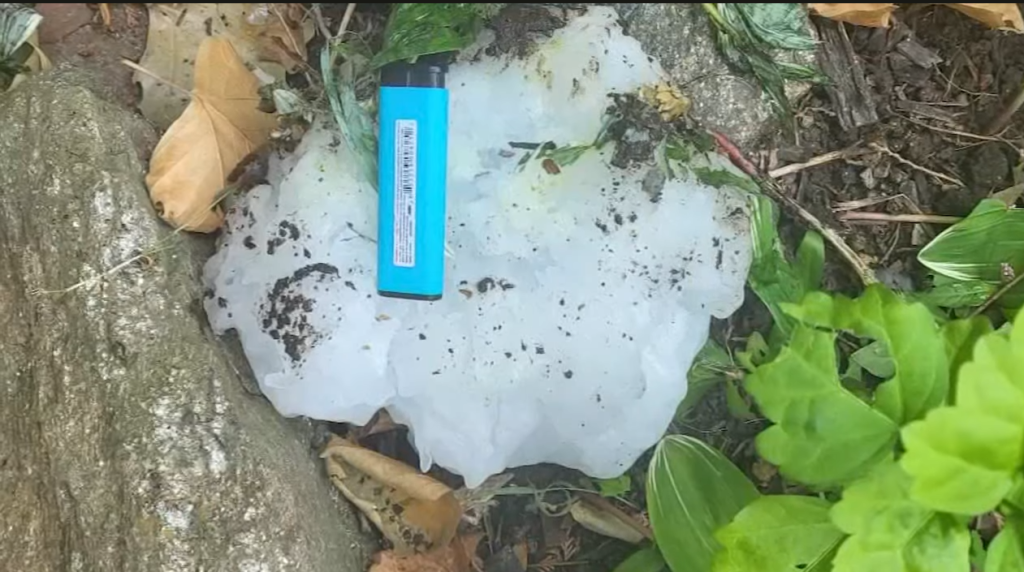
In 2021, a large chunk of ice hit a home in Palm City, Florida.
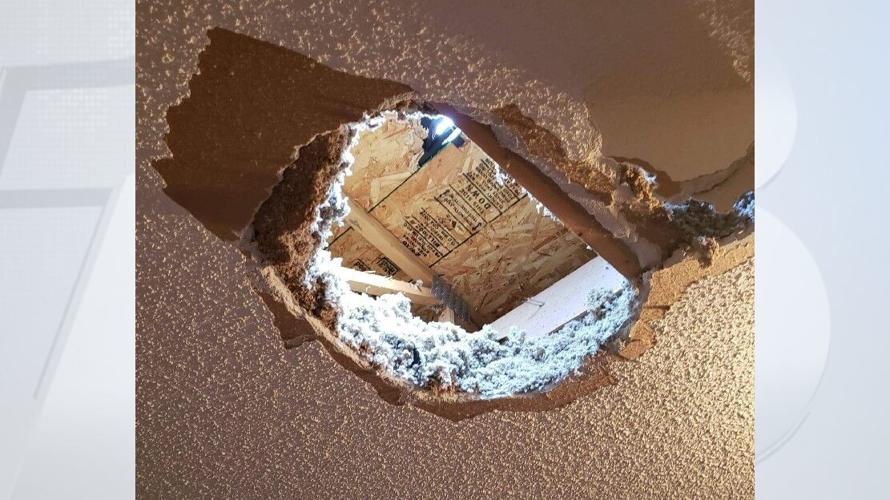
In 2021, Elk Mound, Wis. experienced a large chunk of ice damaging a home in western Wisconsin on a Tuesday morning. According to the resident, the ice chunk struck the house at approximately 8:15 a.m. and went through the roof, landing in their bedroom.
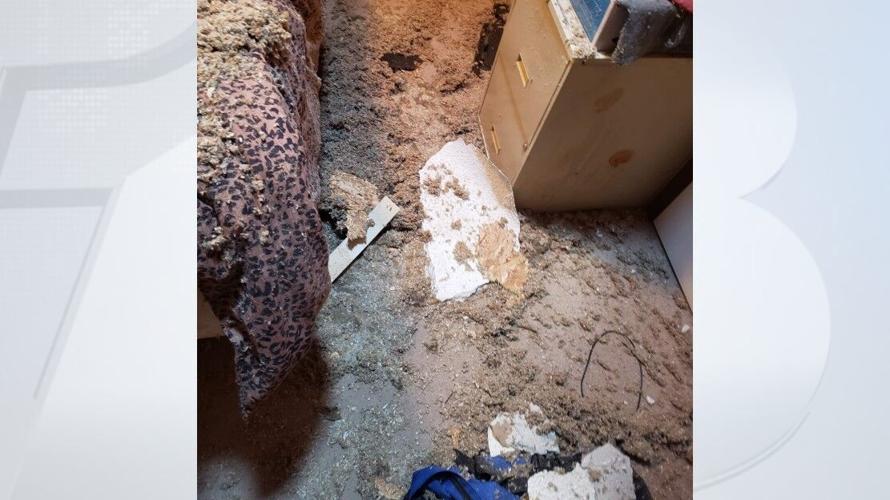
In 2022, Diamond Bar, Calif. faced massive chunks of ice crashing through a family’s home roof while they were watching TV.
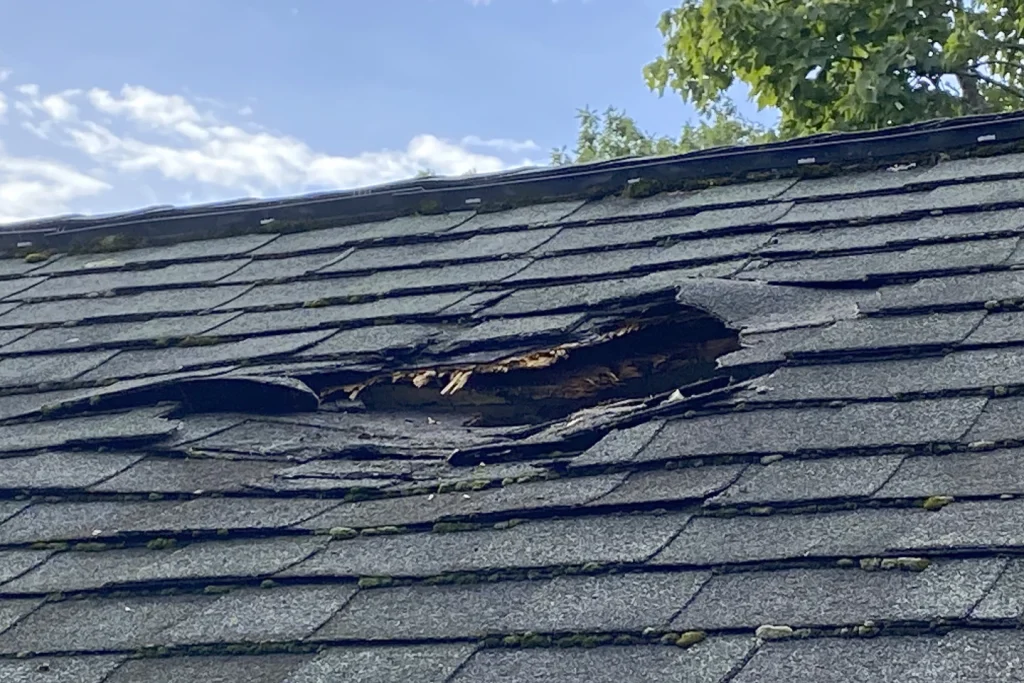
In 2023, a 20lb chunk hit a Massachusetts home, leaving a hole in the roof.

In 2023, Big Bear, California witnessed a large chunk of ice hitting a two-story home.

In 2023, Victoria, Australia experienced a large chunk of ice landing on a golf course.

In September 2023, a UK woman had a $24,000 hole in her roof caused by a falling block of ice.
These events have puzzled scientists for years. They’ve found that the ice blocks have different textures and chemical compositions, but they’re still trying to understand how these huge ice chunks form and why they fall from the sky. Some theories suggest that tornadoes might carry water up into the atmosphere, where it freezes into ice chunks. Others think there might be other atmospheric processes involved. In Spain, scientists noticed strange changes in the atmosphere before these ice falls happened. The level where the atmosphere meets space, called the tropopause, dropped suddenly. This was accompanied by increased humidity and other unusual conditions.
To solve this mystery, scientists need to work together from different fields, like atmospheric science and chemistry. Only then can we understand why these giant ice blocks fall from the sky and why they seem to be happening more often.

